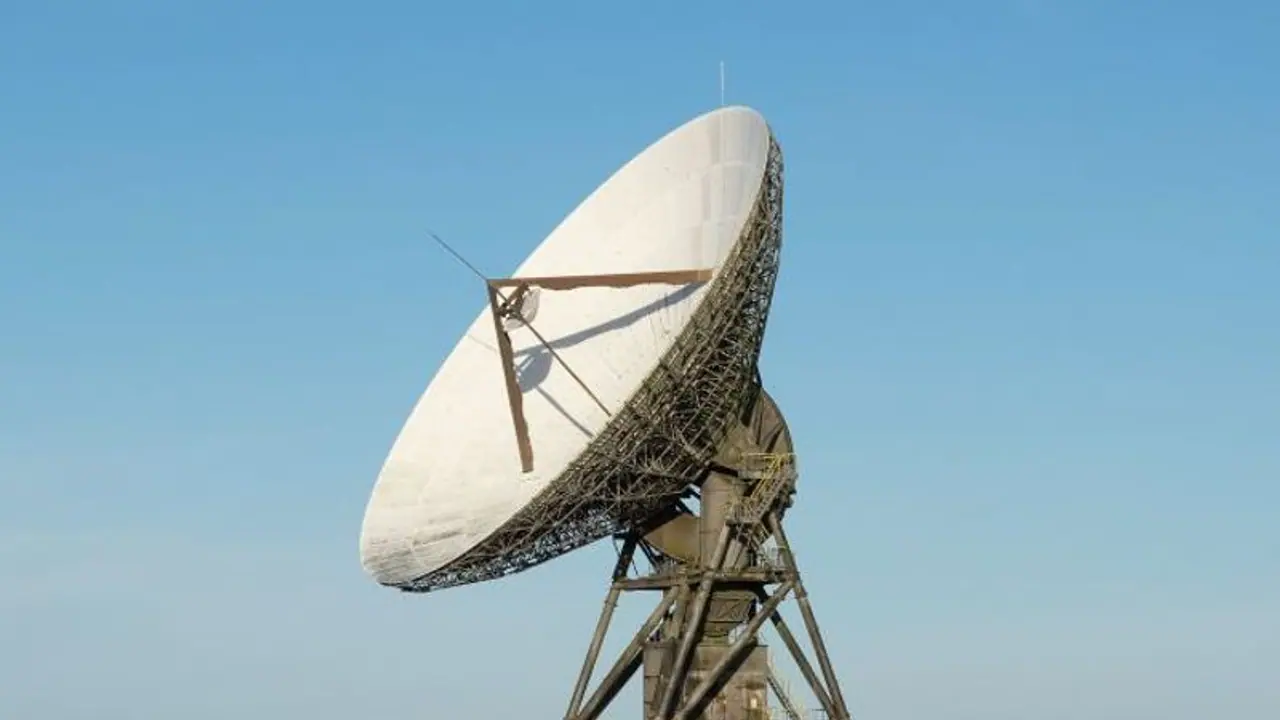When the spacecraft goes beyond the antenna's field of view, ISRO's operators encounter the task of tracking and commanding it from remote locations. Fortunately, ISRO has forged collaborative partnerships with various nations, allowing them to leverage additional ground stations across the globe. Girish Linganna reports
India successfully launched Chandrayaan-3 last week (July 14, 2023). The moon mission is a significant achievement for the country, The efforts of ISRO scientists have paid off, but it is important to acknowledge the contributions and support of international space agencies in this remarkable achievement. Effective communication plays a vital role in the success of every deep space mission. Ground stations situated on Earth act as a crucial link and ensure the safety and connectivity of operators with the spacecraft that are launched.

The significance of these ground stations cannot be undermined since, without their support, it becomes impossible to obtain any data from those spacecraft. Hence, it is imperative to stay informed about the spacecraft’s condition, location and overall operation.
ISRO operates a deep-space tracking station in Bylalu, Bengaluru, measuring 32 metres in diameter. This state-of-the-art facility enables ISRO to effectively track, command and receive valuable scientific data from their spacecraft located far away.
The 32-metre diameter dish antenna weighs 350 tons. The antenna was designed in Hyderabad and had previously been utilized in the Mars and Chandrayaan-1 missions. The Indian Space Science Data Centre at the IDSN campus in Byalalu will process and distribute the scientific data collected by the antenna.
The ISRO Telemetry, Tracking and Command Network (ISTRAC), ISRO Satellite Centre (ISAC), L&T, Godrej and other industries collaborated in the fabrication and assembly of the antenna.
Global Collaborations for Tracking
However, in situations where the spacecraft exceeds the range of the antenna’s field of view, ISRO’s operators face the challenge of tracking and commanding it from different countries. Fortunately, ISRO has established collaborative partnerships with various nations, enabling it to utilize additional ground stations located across the globe.
These international collaborations provide ISRO with the capability to seamlessly track, communicate and control its spacecraft, ensuring continuous monitoring and efficient command execution even when the spacecraft is outside the primary ground station’s coverage area.
Dr TN Suresh Kumar, a former senior scientist at ISRO, says, “Global collaborations not only enhance ISRO’s connectivity but also reduce costs and foster international spaceflight collaboration.”
For those who are unaware, the European Space Agency's (ESA’s) 15-metre antenna in Kourou, French Guiana, will be utilized to track Chandrayaan-3 and verify its well-being after launch.
The ESA will also arrange for tracking assistance for Chandrayaan-3 from Goonhilly Earth Station Limited’s 32-metre antenna in the UK. Goonhilly Earth Station will provide continuous support to the lander throughout its time on the lunar surface.
"This support will make sure that the data gathered by the rover safely reach ISRO. Initially, the data will be received by Goonhilly and the Kourou ground stations and will then be forwarded to the European Space Operations Centre (ESOC). Finally, ESOC will send the data to ISRO for analysis," adds Kumar.
The European stations will work together with NASA’s Deep Space Network and ISRO’s own stations to make sure that the operators of the spacecraft always have a clear connection and never lose contact with their groundbreaking Moon craft.
At 3.31 pm on July 14, the Canberra Deep Space Communications Complex in Australia, an integral part of NASA’s Deep Space Network, successfully received signals from Chandrayaan-3, prompting them to tweet: "Good to hear from you #Chandrayaan-3."
"The ESA will provide similar assistance to ISRO’s Aditya-L1 solar observatory, set to launch sometime in late-August,” adds Kumar. “It’ll involve tracking assistance at Kourou and Goonhilly, besides bringing into play the ESA’s largest antennas -- three 35-metre-deep space antennas located in Malargüe, Argentina; New Norcia, Australia; and Cebreros, Spain," says Kumar.
The author of this article is a Defence, Aerospace & Political analyst
Agnipath scheme may undergo massive changes; 50 per cent Agniveers likely to be retained
